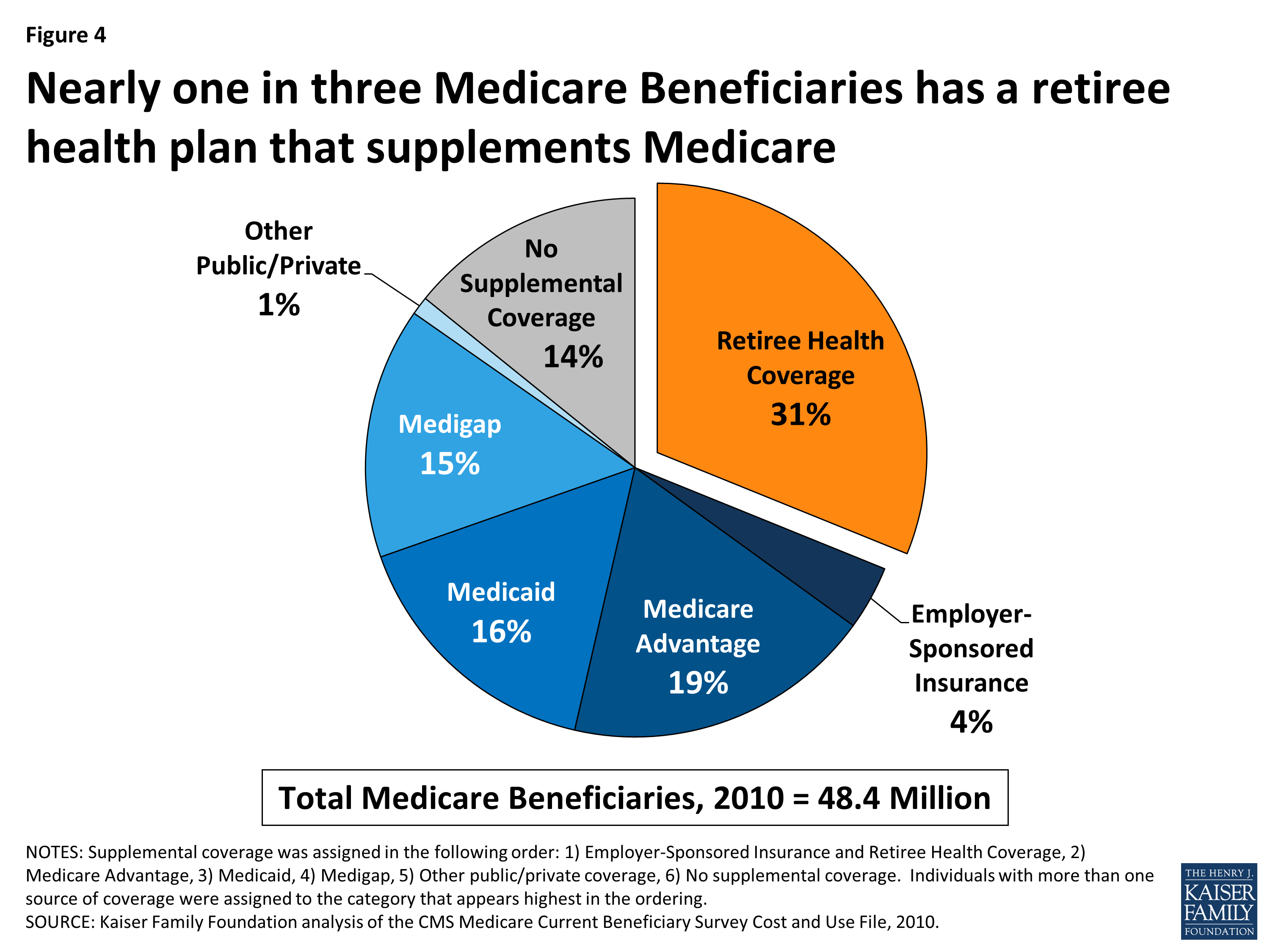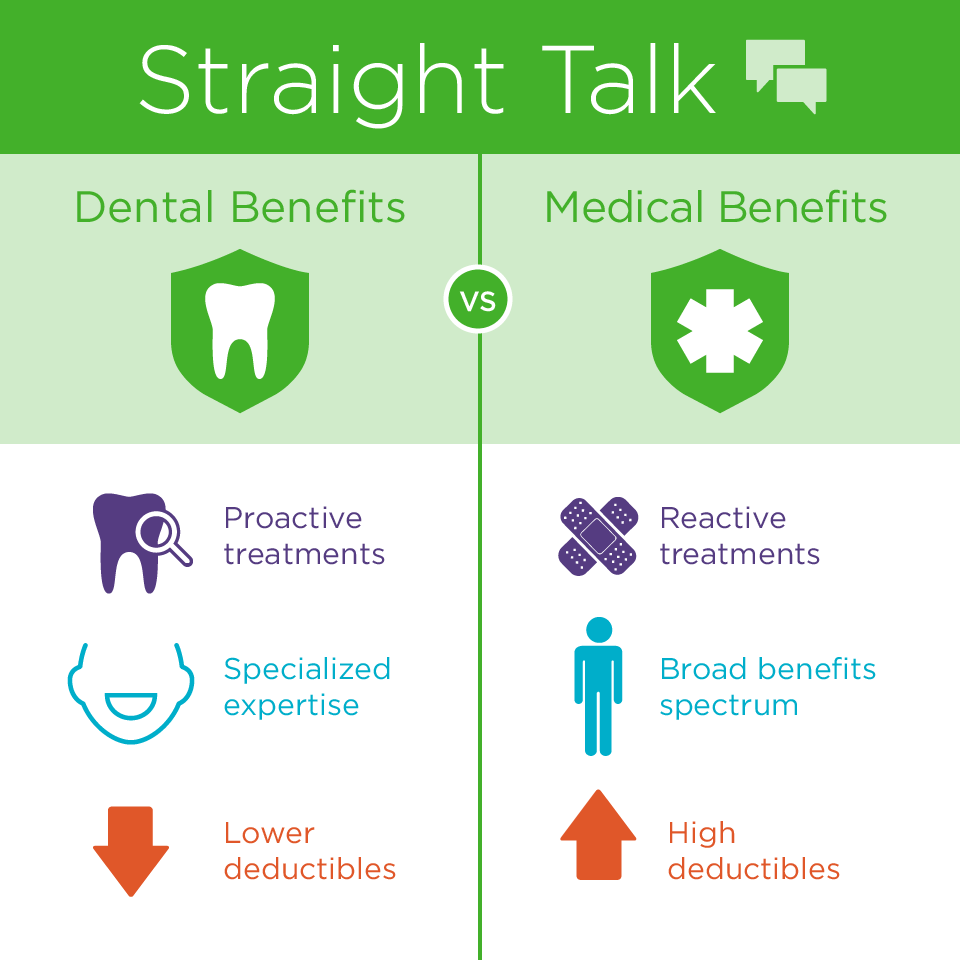Unknown Facts About Medicare Advantage Agent
Unknown Facts About Medicare Advantage Agent
Blog Article
What Does Medicare Advantage Agent Do?
Table of ContentsMedicare Advantage Agent Can Be Fun For EveryoneMedicare Advantage Agent for BeginnersThe Greatest Guide To Medicare Advantage Agent

complies with from perplexing the reasonably young age profile of the uninsured with the far better health and wellness, typically, of more youthful individuals. This covers the link in between health and wellness standing and medical insurance. For those without accessibility to office wellness insurance coverage, poor health is a possible obstacle to buying nongroup protection since such protection may be extremely valued, leave out preexisting problems, or be simply inaccessible. The number of without insurance Americans is not especially large and has actually not changed in current years. Seven out of ten respondents in a country wide depictive study believed that less Americans lacked wellness insurance than really do(Fronstin, 1998). About half(47 percent )thought that the variety of people without wellness insurance policy lowered or remained constant over the latter half of the last decade(Blendon et al., 1999). This drop of nearly 2 million in the variety of individuals 'without insurance (a reduction
of around 4 percent)is absolutely a positive adjustment. With a softer economic climate in 2000 the most up to date reported gains in insurance protection might not proceed(Fronstin, 2001 ). The decrease in the variety of uninsured will not continue if the economic climate stays slow-moving and health care prices remain to outpace inflation. This is due to the fact that the information were collected for a period of solid economic performance. Of the approximated 42 million people that were uninsured, almost concerning 420,000(regarding 1 percent)were under 65 years old, the age at which most Americans become qualified for Medicare; 32 million were grownups between ages 18 and 65, about 19 percent of all grownups in this age team; and 10 million were children under 18 years of age, about 13.9 percent of all children (Mills, 2000). These price quotes of the number of individuals without insurance are generated from the yearly March Supplement to the Present Population Study (CPS), conducted by the Census Bureau. Unless otherwise noted, national price quotes of people without medical insurance and percentages of the populace with different type of coverage are based upon the CPS, one of the most extensively utilized resource of quotes of insurance protection and uninsurance prices. These surveys and the price quotes they yield are explained briefly in Table B. 1 in Appendix B - Medicare Advantage Agent. These studies differ in dimension and tasting approaches, the inquiries that are asked regarding insurance policy
The Basic Principles Of Medicare Advantage Agent
insurance coverage, and the time duration over which insurance policy coverage or uninsurance is gauged(Lewis et al., 1998, Fronstin, 2000a ). Still, the CPS is especially valuable since it produces yearly quotes fairly rapidly, reporting the previous year's insurance policy coverage approximates each September, and because it is the basis for a constant set of estimates for greater than two decades, permitting analysis of patterns in insurance coverage over time.

The 9-Minute Rule for Medicare Advantage Agent
Over a three-year period starting early in 1993, 72 million individuals, 29 percent of the united state populace, lacked coverage for a minimum of one month. Within a single year(1994), 53 million individuals experienced at the very least a month without protection(Bennefield, 1998a). 6 out of every ten uninsured grownups are themselves employed. Working does improve the probability that one and one's family participants will have insurance coverage, it is not a warranty. Even participants of households with 2 full time breadwinner have almost a one-in-ten opportunity of being without insurance (9.1 percent uninsured price)(Hoffman and Pohl, 2000 ). The partnership between medical insurance and accessibility to care is well developed, as documented later on in this chapter. Although the partnership in Continued between medical insurance and health end results is neither direct neither easy, an extensive clinical and health solutions research literature web links health insurance protection
to improved access to care, far better quality, and boosted individual and populace health and wellness status. The 2nd record, on individual health and wellness end results for uninsured grownups, is represented by the inner circle of the number, while the 3rd report, on household health, incorporates the topics of the second report yet emphasizes a various device of analysis, particularly, the family. The 6th record in the collection will provide info about methods and initiatives carried out locally, statewide, or across the country to address the absence of insurance coverage and its adverse effects. Degrees of evaluation for analyzing the impacts of uninsurance. This conversation of medical insurance coverage focuses primarily on the united state population under age 65 due to the fact that basically all Americans 65 and older have Medicare or other public coverage.
In addition, it concentrates specifically on those without any type of health insurance policy for any kind of size of time. The troubles encountered by the underinsured remain in some respects comparable to those faced by the without insurance, although they are normally less serious. Uninsurance and underinsurance, nonetheless, entail clearly different policy issues, and the approaches for addressing them might vary. Throughout this research and the 5 records to follow, the major emphasis is on individuals with no wellness insurance coverage and hence no assistance in spending for health care past what is offered via charity and safeguard establishments. Medical insurance is a powerful element influencing invoice of treatment because both patients and doctors reply to the out-of-pocket cost of solutions. Health insurance, nonetheless, is neither required nor sufficient to access to clinical services. However, the independent and direct see it here result of health and wellness
insurance policy coverage on accessibility to health and wellness solutions is well developed. Others will certainly get the health treatment they require even without health insurance coverage, by spending for it out of pocket or seeking it from providers that provide treatment free or at very subsidized rates. For still others, health and wellness insurance coverage alone does not make sure invoice of treatment as a result of various other nonfinancial obstacles, such as a lack of health and wellness care service providers in their community, limited access to transport, illiteracy, or etymological and social differences. Official research study about without insurance populaces in the United States dates to the late 1920s and early 1930s when the Committee on the Cost of Medical Care generated a collection of records about funding physician workplace sees and hospital stays. This issue ended up being salient as the numbers of medically indigent climbed up throughout the Great Depression. Empirical studies constantly support the web link in between accessibility to care and enhanced health and wellness results(Bindman et al., 1995; Starfield, 1995 ). Having a routine resource of treatment can be taken into consideration a forecaster of access, instead of a straight step of it, when health outcomes are themselves made use of as gain access to signs. This expansion of the notion of access measurement was made by the IOM Committee on Monitoring Access to Personal Healthcare Provider(Millman, 1993, p. Whether parents are guaranteed shows up to affect whether or not their kids get care along with just how much careeven if the children themselves have coverage(Hanson, 1998). The health of moms and dads can impact their capacity to care for their kids and the level of family anxiety. Stressing about their youngsters's accessibility to care is itself a resource of anxiety for parents. Three phases adhere to in this report. Phase 2 provides an overview of just how employment-based medical insurance, public programs and private insurance plan run and interact to provide substantial but incomplete coverage of the united state populace. This consists of an evaluation of historical patterns and public policies affecting both public and private insurance coverage, a discussion of the interactions amongst the different kinds of insurance coverage, and an evaluation of why people move from one program to one more or finish up

Report this page